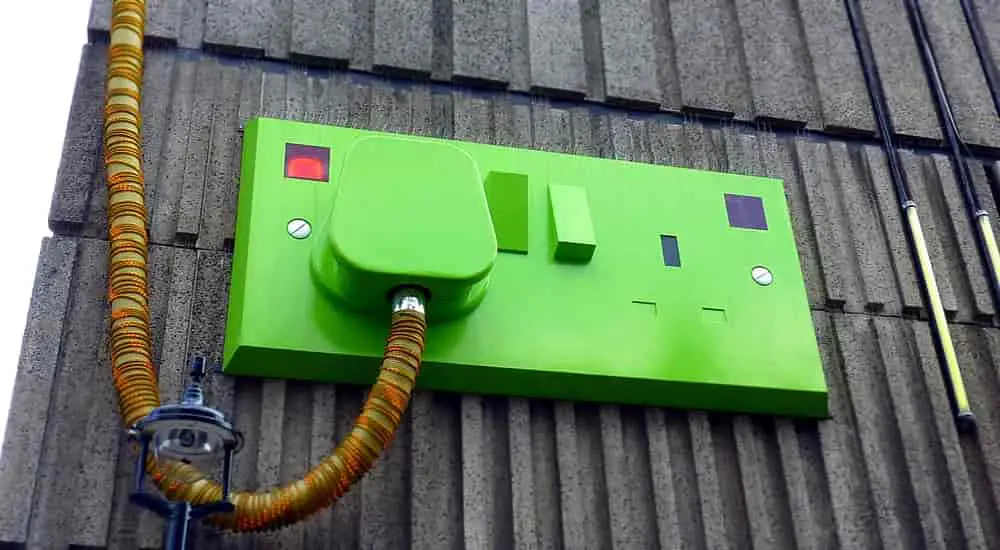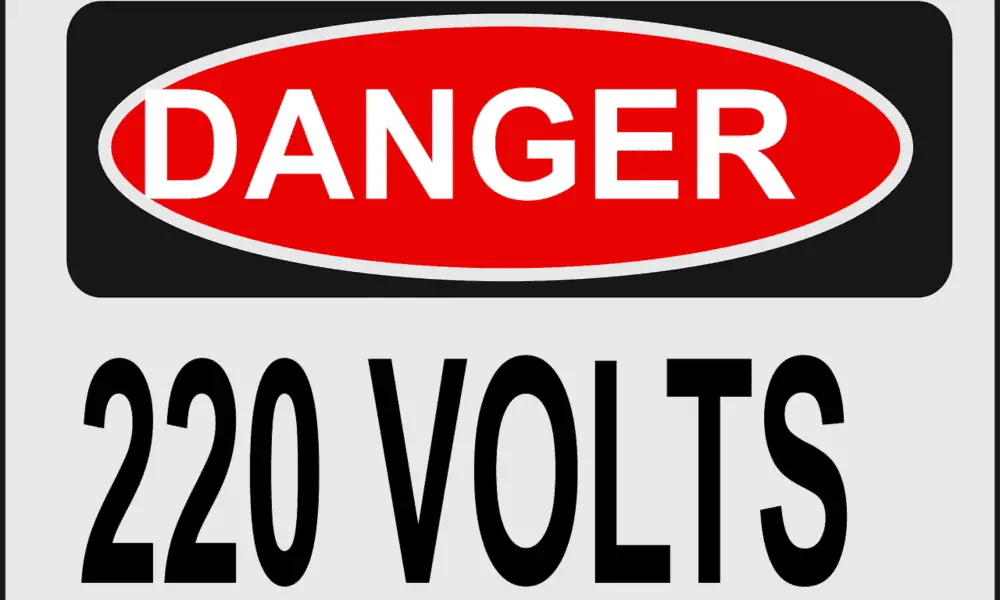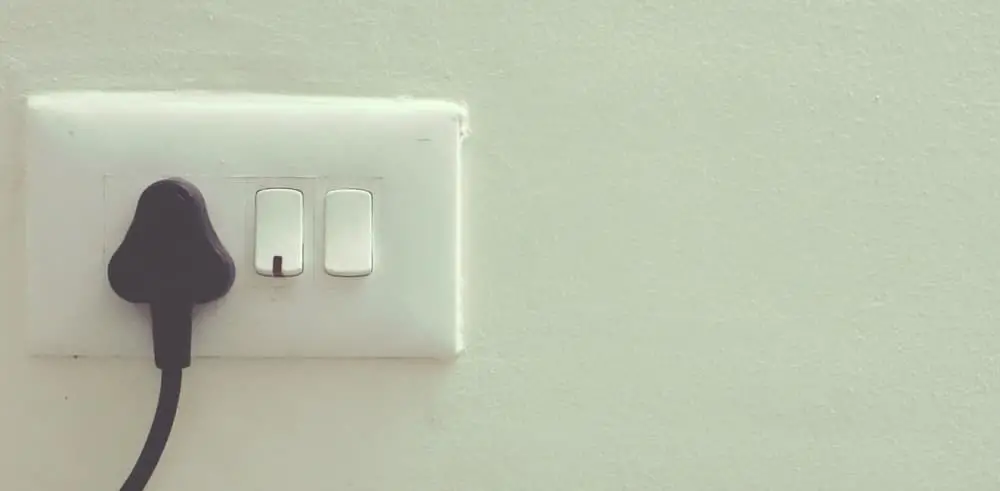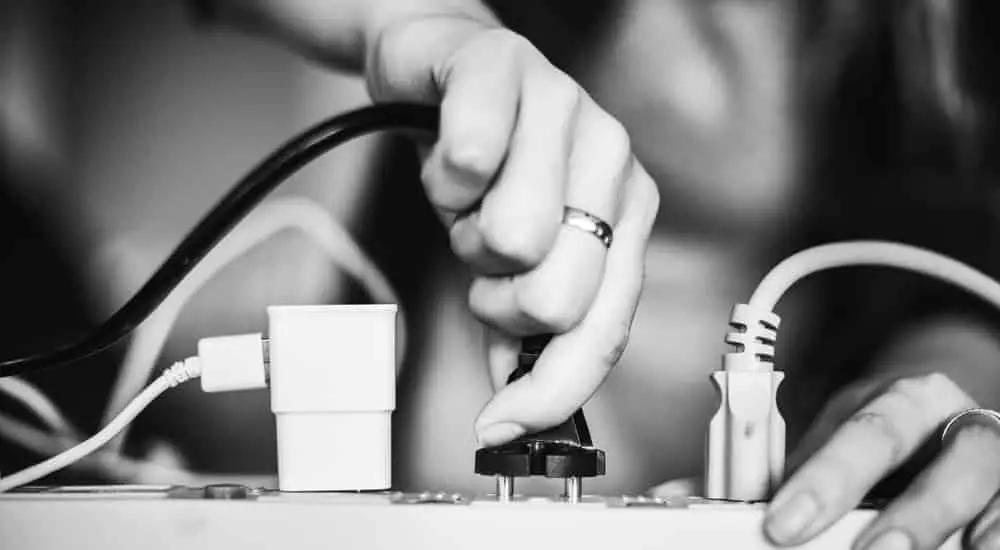Different countries have varied listings and usage specs for volts regardless of the regions they are in. As such, you’ll find most of them have 220 volts instead of 240 while others have the vice versa. A good example is that Mexico uses 220 volts while the United States and Canada use 240 volts yet the region is one.
Most domestic appliances are rated 220 volts and below. This means that they can run on either 220 or 240 volts. However, plugging a 240 volt kiln, for example, into a 220 volts circuit will result in slow firings. This is because the kiln was designed to run on 240 volts and will not, therefore have full amperage if running on 220 volts. If you’re okay with the slow firing though, this wouldn’t matter a lot.
In this post, you can read more on the difference between 220 and 240 volt outlet. You’ll also find useful ideas for the ideal Plug and Receptacle Configurations.

What Are the Basics of Electrical Plugs?
In recent years, there has been an upsurge in the different types of plugs being produced. The good news is that each of the plugs comes with proper labeling to help consumers get the rights ones for their needs. However, most people ignore all the guidelines or assume them to be common with what they already know.
These plugs are designed to be used with different volt outlets. This explains why we have either a 220 or 240 volt outlet among others. The plugs and outlets are designed to be used together per matching specifications and not interchanged to avoid electrocution and fire hazards.
Regardless of how uninformed you are about plugs and outlets, you should ensure to match them per the manufacturers’ instructions. This will go a long way also to ensure your appliances do not suffer from power and performance irregularities or breaking down.

Understanding Different Electrical Currents
In your home, electric currents are taken as pressure. The harder and quicker individual electrons are pushed via electrical wiring, the more the power that will be produced. This means that you will have to be careful to avoid short-circuiting your appliances or electrocuting yourself.
It is also worth noting that not all electrical wires are built to handle high voltages and as such, ignoring that fact would lead to them overheating. It is common knowledge that overheating would in return lead to significant fire hazards that won’t be easy to control.
Distinguishing whether a volt outlet is a 220 or 240 one can be relatively easy even for anyone who is not an electrician. Normally, and to most people, the common understanding is that a 220 volt is the one used to plug in lighter appliances that cannot be sustained by others like the 120 volt one. It can also be used for such appliances like vacuum cleaners, miter saws, and charging appliances.
A 240 volt, on the other and, is used for larger appliances. It is, therefore, designed to have room for three or four individual plugs and with varying sizes. It should then be common knowledge that the two cannot be used in place of each other.

What Do I Need A 220 Volt Outlet For?
Across the United States, most residential properties use the 220 volt outlets. They are common for such home appliances and are the most powerful in that class. You would need such an outlet for such appliances as dryers, ovens, as well as other high-powered appliances that cannot run on the standard 110 volt outlets.
If you’re running out of options because maybe you are renovating and expanding your home, you might need more 220 volt outlets. The more appliances you acquire, the more outlets you might need to add to avoid overloading the existing ones. You can have them added as you go, but this will no doubt mean increased spending.
You can identify these outlets easily around your home. In most cases, they have three prongs, but in recent years, the production of 220 volt outlets with four prongs has been rife. It is, therefore, crucial that you don’t just assume that it can only be a 220 volt outlet if only it’s a three-prong one.
What Do I Need A 240 Volt Outlet For?
There are appliances, whether at home or in a business premise that will need more than 220 volts to run adequately and efficiently. Such machines include large air compressors, heavy duty washing machines, A/C, welding machines, and battery chargers. Even though they can run on 220 volt outlets, they will not be as adequately effective as they will while using the 240 volt outlet.
If you're planning on doing the wiring for your home, consulting qualified electricians or your utility company would be advisable. Proper planning for electricity spreading throughout the premises will be necessary if you don't want to run into risks with your appliances.
As such, you will need to know where the washing machine, oven, fridge, freezer, A/C, air compressors, dryers, and every other machine will be placed. This will help to ensure you get optimum functionality for them with the right power outlets. In case you need to replace wires or an outlet or want to know a 220 volt vs. 240 volt outlet, you must consult experts if you are not one.
So, what is the difference between a 220- and 240-volt outlet? 220 volt is a variation used to refer to the 240 volt outlet. However, most of the differences arise based on the way different countries gauge the outlets as well as the plugs.
The 220 volt appliances plug capacity per country are A, B, C, D, E, F, G, K, L, M, N, and I. 240 volt appliances plug capacity categories, on the other hand, and per country are C, D, E, F, G, H, I, J, K, L, M, and O. It’s worth noting that most of the plugs are similar for both the 220 volt and 240 volt appliances.
The only difference arises because each country has its standard of categorizing the outlets and plugs. For instance, it's only three 240 volt plugs, that is D, G, and I that are country-based.

Summary
Arguably, 220 and 240 volt outlets are more or less the same. Notably, the 220 volt outlet is used to refer to the 240 volts one, but this depends on the country. However, this should not be assumed to hold for every country. You should check with your electricians or power utility companies to know what outlets work for your country.
Also, it is worth noting that 240 volt outlets share similar compatibility characteristics with the 220 volt outlets. Nevertheless, you should try and avoid any problems if you are not sure of what you are working with. It is, therefore, advisable to attach your appliances to plugs that match the outlets designed for them. This will help avoid unforeseen electrical accidents like electrocution and fire hazards.
Lastly, it is important to check the manufacturers’ manuals for any outlet, plug, and appliance that you have. The appearance of the outlets will also tell you what plug goes into it depending on such things as the prongs. This is a step that should be applied to and for all appliances, whether a small one like a power sander or a large one like a battery charger.
Further Reading and Resources
- Understanding the Difference Between 120 and 240 Volt Outlets – Fred’s Appliance Service
- 220 Volt Plug Receptacles Configurations – AskMe DIY
- About 220 Volt Outlets - Modernize


30 amp 250 volt receptible to a 30 amp 125 volt receptible
Can I plug a 220v exhaust fan into a 240v outlet without causing harm or damage?
some of the notions in this article are flat out wrong;
Voltage is pressure, amperage is flow. Not the opposite as stated here
Amperage heats up the wire, not voltage. You can run 50 000V on a hair thin wire and it won’t be a problem until the amps kick in.
Please what is 220 volts.
In the USA it’s supplied by two different hot leads at 120 volts each.
In the Philippines, 220 as it is called measures 230 volts across both lines, but less than 200 volts on one line and 50 or less volts on the other line.
Regardless, they are referred to as the same.
Can I connect my USA dryer appliance to the Philippines 220 volt system.
Remember my USA needs 120 volts as well.
Thank you for very good advice